
IoT.The increasing threat of climate change has become an urgent global concern. From extreme weather events to rising sea levels, the impacts of climate change are becoming increasingly clear. To tackle this crisis, we need innovative solutions that can help us mitigate its impacts and transition to a more sustainable future. One such solution is the Internet of Things (IoT), a network of interconnected devices that can collect and exchange data. In this blog, we will discuss the potential of IoT in addressing climate change and explore its applications in various sectors.
Table of Contents
1. Monitoring and reducing energy consumption
A. Smart Grid: Revolutionizing Energy Distribution
Smart grids are at the forefront of IoT applications in reducing energy consumption. These grids enable energy monitoring and management in real time, allowing more efficient distribution and use of power.
Real-time energy monitoring and management: IoT-enabled smart meters provide consumers with real-time information about their energy usage, helping individuals make informed decisions to reduce their energy footprint.
Grid optimization and load balancing: IoT sensors and control systems within smart grids facilitate grid optimization and load balancing. These technologies can detect peak energy demand periods and adjust energy supply accordingly, reducing stress on the grid and preventing unnecessary energy waste.
Demand response systems for efficient resource utilization: Through IoT-enabled demand response systems, utility providers can communicate directly with users, encouraging them to reduce their energy usage during peak demand periods. . Shifting consumption patterns to off-peak hours promotes sustainability.
B. Intelligent Building Management System
Apart from smart grid, IoT plays an important role in energy conservation through intelligent building management systems.
Energy-efficient building automation: IoT devices integrated into building infrastructure enable automated control of lighting, heating, and cooling systems, significantly reducing energy waste by adjusting these variables based on occupancy and ambient conditions.
Occupancy and usage analytics for energy conservation: IoT sensors collect data on occupancy patterns and usage behavior, optimizing energy consumption by identifying opportunities to improve efficiency.
Remote monitoring and control of energy consumption: IoT-enabled monitoring systems allow building managers to remotely track and manage energy consumption at an individual level, proactively identifying devices or areas with high energy consumption.
2. Enhancing agricultural and food production methods
A. Smart Farming Practices for Resource Optimization
The agriculture sector is a significant contributor to greenhouse gas emissions, but IoT-based smart farming practices have the potential to revolutionize the industry while reducing its environmental impact.
Precision agriculture technologies to increase crop yields: IoT technologies like soil sensors, weather stations and drone imagery enable precision agriculture practices, allowing farmers to gather real-time data on soil moisture, nutrient levels and crop health. Permission is granted.
Soil and crop monitoring for efficient resource management: IoT sensors within farms help monitor soil conditions and plant health parameters, optimize irrigation schedules, and reduce water and chemical waste.
Automated Irrigation Systems for Water Conservation: IoT-enabled automated irrigation systems deliver water exactly where and when it is needed, helping to prevent excessive watering, conserve water resources, and reduce energy consumption associated with irrigation. Does it.
B. Connected Livestock Monitoring
Livestock farming is another industry that can significantly benefit from IoT applications, leading to sustainable practices and improved animal welfare.
Monitoring vital signs for livestock health optimization: IoT devices continuously monitor livestock vital signs including temperature, heart rate and activity level, allowing quick intervention and reducing the use of medications.
Real-time tracking and tracing of livestock: IoT-enabled tracking systems equipped with GPS or RFID technology enable real-time monitoring of livestock movement, improving animal welfare and efficient resource allocation.
Automated Livestock Feeding Systems for Resource Efficiency: IoT-based automated feeding systems accurately deliver feed, optimize nutritional intake and reduce feed waste.
3. Improving waste management and recycling processes
A. Smart Waste Management System
Waste management practices enabled by IoT technologies offer immense potential to reduce waste generation and promote recycling. Intelligent bin monitoring and archive optimization
IoT-enabled sensors integrated into waste bins can monitor fill levels in real time. This data enables efficient waste collection routes, reduces unnecessary trips and optimizes collection schedules.
Waste Sorting and Recycling Automation
Machine learning algorithms and computer vision systems integrated with IoT devices aid in automated waste sorting at recycling facilities. By accurately identifying and separating recyclable materials, IoT ensures high-quality recycling and reduces the burden on landfills.
Data Analysis for Waste Reduction Strategies
IoT platforms that collect data from waste management systems enable detailed analysis and insights. By analyzing this data, policy makers, waste management companies and businesses can design targeted waste reduction strategies and implement recycling initiatives.
B. Circular Economy Solutions through IoT
IoT plays an important role in promoting a circular economy, where resources are used efficiently and waste is minimized.
Tracking and tracing of resources throughout the lifecycle
By employing IoT technologies to monitor and track resources throughout their lifecycle, from raw materials to production, use and disposal, businesses can identify inefficiencies and take measures to optimize resource use and reduce waste production. Can be implemented.
Collaborative Consumption Model for Sustainable Use
IoT platforms facilitate collaborative consumption models, where individuals and businesses can share resources such as vehicles, devices, and even energy. By promoting shared use, resources are used more efficiently, resulting in less environmental impact.
Enhancing resource recovery and upcycling strategies
IoT-enabled systems can identify opportunities for resource recovery and upcycling. By tracking waste streams and analyzing data, businesses can identify valuable components in discarded products and implement strategies to recover and reuse these materials, reducing the need for virgin resources. She goes.
4. Climate monitoring and disaster management
A. Remote Sensing Technologies for Climate Data Collection
IoT-enabled remote sensing technologies provide valuable insights into climate patterns, facilitating more accurate forecasts and proactive disaster management.
Weather Forecasting and Early Warning System
IoT devices, such as weather sensors and satellite imagery, collect real-time data on atmospheric conditions, enabling more accurate weather forecasting. This information helps to issue timely warnings for extreme weather events, allowing communities to prepare and mitigate potential damages.
Monitoring environmental change and ecosystem health
IoT sensors deployed in various environmental settings collect data on air quality, water quality, and biodiversity. This data helps monitor ecosystem health, identify pollution sources, and facilitate targeted interventions to protect natural resources.
Assessing climate impacts on vulnerable areas
By using IoT sensors in sensitive areas such as coastal areas prone to sea level rise, scientists and policy makers can monitor the impact of climate change. This data is essential for designing adaptation strategies and planning infrastructure to protect vulnerable communities.
B. IoT in disaster risk management
IoT applications significantly contribute to disaster risk management by enabling real-time monitoring and efficient response systems.
Real time monitoring of natural disasters
IoT sensors deployed in disaster-prone areas, such as earthquake-prone areas or flood zones, monitor and transmit data about seismic activities, water levels, and weather conditions. This real-time data helps in early detection and prediction of disasters, enabling timely evacuation and emergency response.
Emergency Response and Evacuation Adaptation
IoT-based emergency response systems facilitate efficient coordination between emergency services and affected communities. Through location-based services and real-time communication, responders can immediately assess the situation, go to affected areas and provide timely assistance.
Post-disaster recovery and resilience building
IoT technologies support post-disaster recovery and resilience-building efforts by providing real-time data on infrastructure damage, resource availability, and community needs. This information helps in targeted resource allocation and long-term reconstruction planning.
conclusion
The Internet of Things has emerged as a powerful tool in our fight against climate change. From revolutionizing energy distribution and optimizing resource usage across sectors to enhancing disaster management systems and promoting a circular economy, IoT offers innovative solutions to tackle the climate crisis. Collaboration and policy support are crucial to realize the full potential of IoT in creating a sustainable and environmentally conscious future.
Frequently Asked Questions (FAQs)
1. How can IoT help with climate change?
Answer: IoT helps combat climate change by providing real-time data and control in various sectors. It optimizes energy consumption, promotes sustainable agriculture, enhances waste management, and contributes to climate and weather monitoring. These applications help reduce greenhouse gas emissions, conserve resources, and improve disaster preparedness.
2. What are IoT sensors for climate change?
Answer: IoT sensors for climate change include devices that monitor parameters such as temperature, humidity, air quality, and more. They are deployed in various environments to collect data, track climate patterns, and assess the impact of climate change. These sensors provide valuable information for decision-making and climate research.
3. What is the role of IoT in weather monitoring?
Answer: IoT plays a crucial role in weather monitoring by deploying sensors and devices to collect real-time data on atmospheric conditions. This data is essential for accurate weather forecasting, early warning systems for extreme weather events, and assessing the effects of climate change on weather patterns.
4. What are the weather applications of IoT?
Answer: Weather applications of IoT include real-time weather data collection, atmospheric monitoring, early warning systems for natural disasters, climate research, and the provision of accurate weather forecasts. IoT sensors and devices contribute to improving weather-related services and disaster management.
5. How does IoT support climate resilience and adaptation efforts?
Answer: IoT supports climate resilience and adaptation by providing data for decision-makers to plan and implement strategies that mitigate the impact of climate change. It aids in monitoring and predicting extreme weather events, tracking environmental changes, and optimizing resource usage, helping communities adapt to the challenges posed by a changing climate.








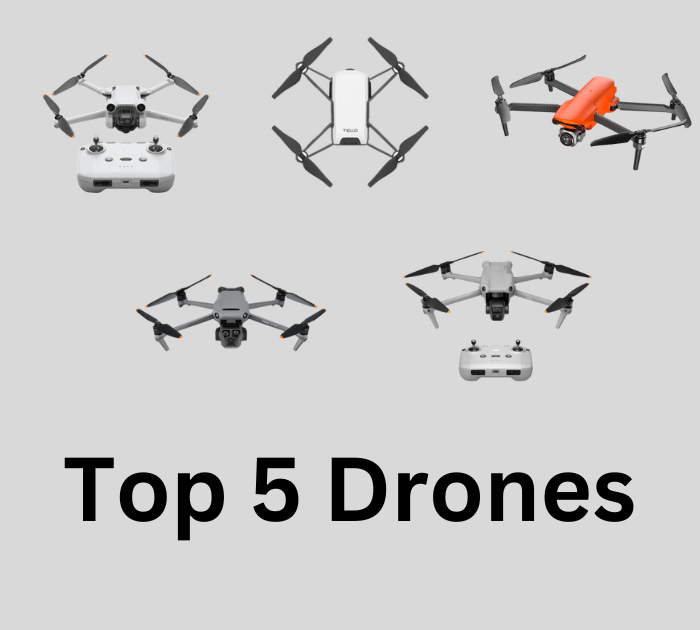


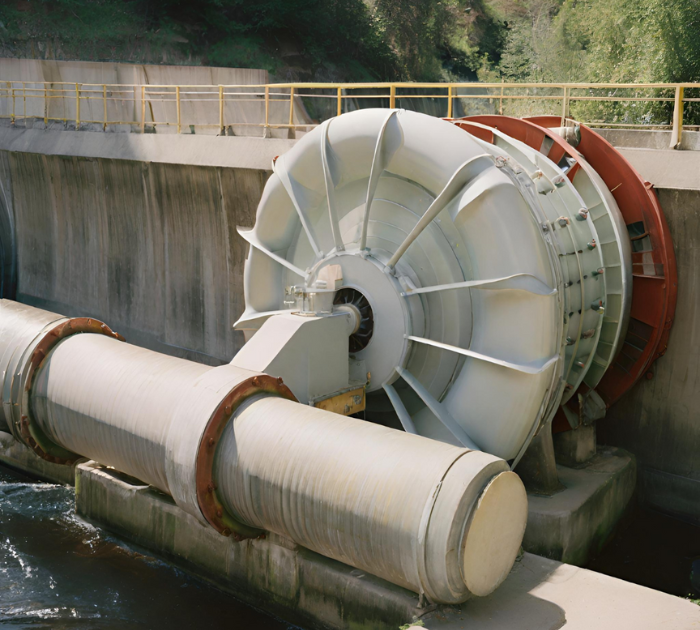

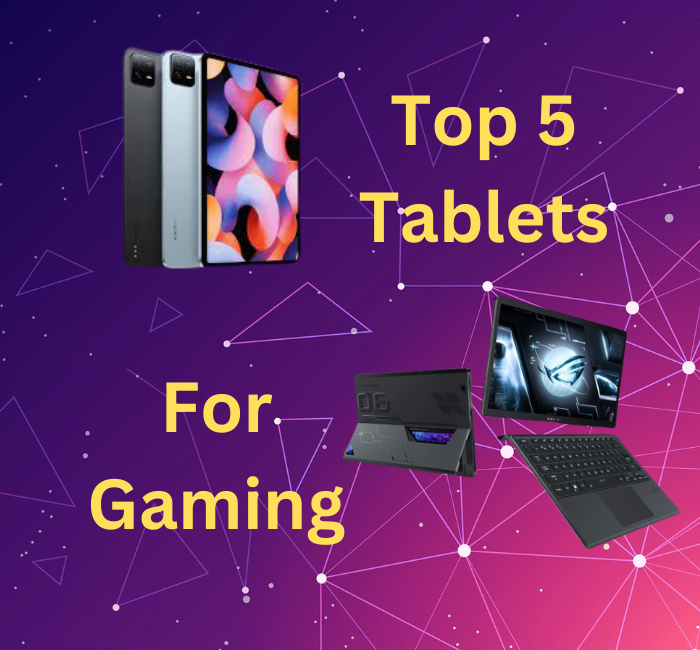


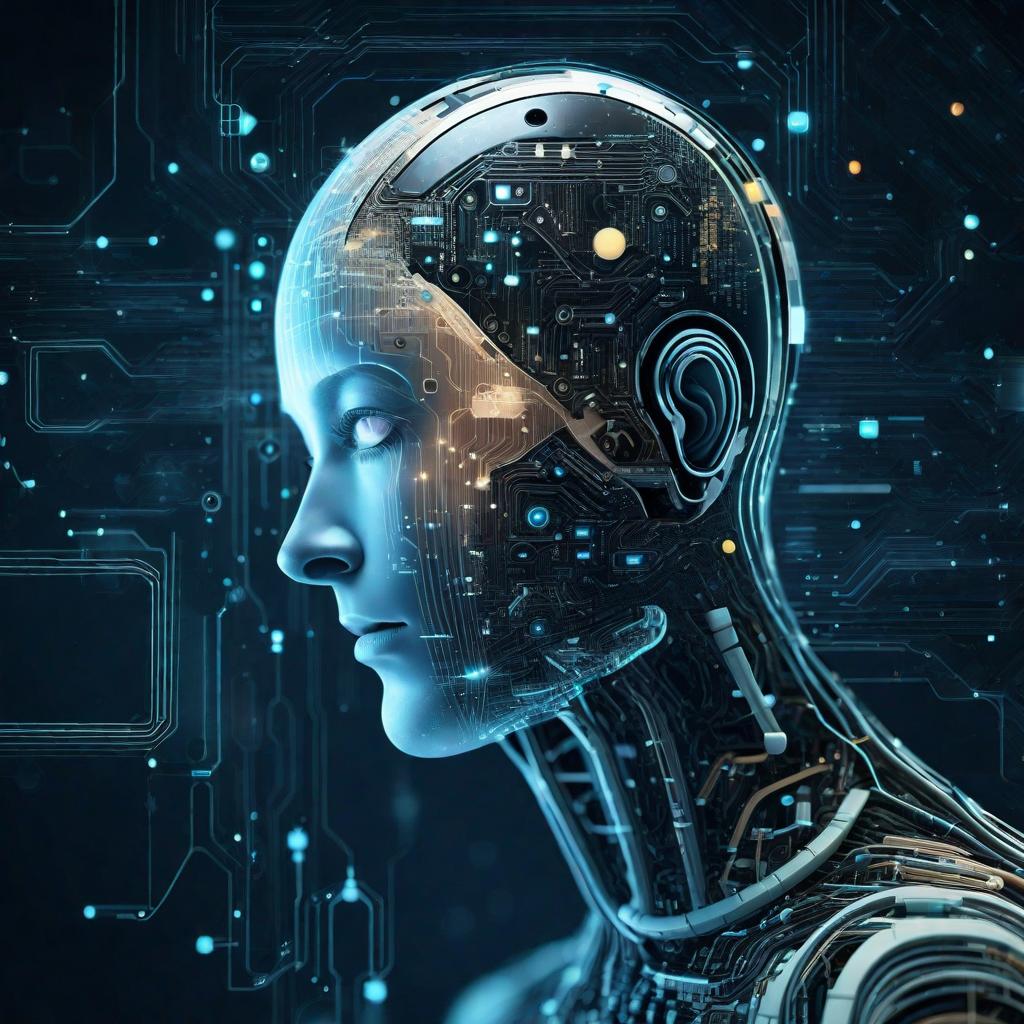

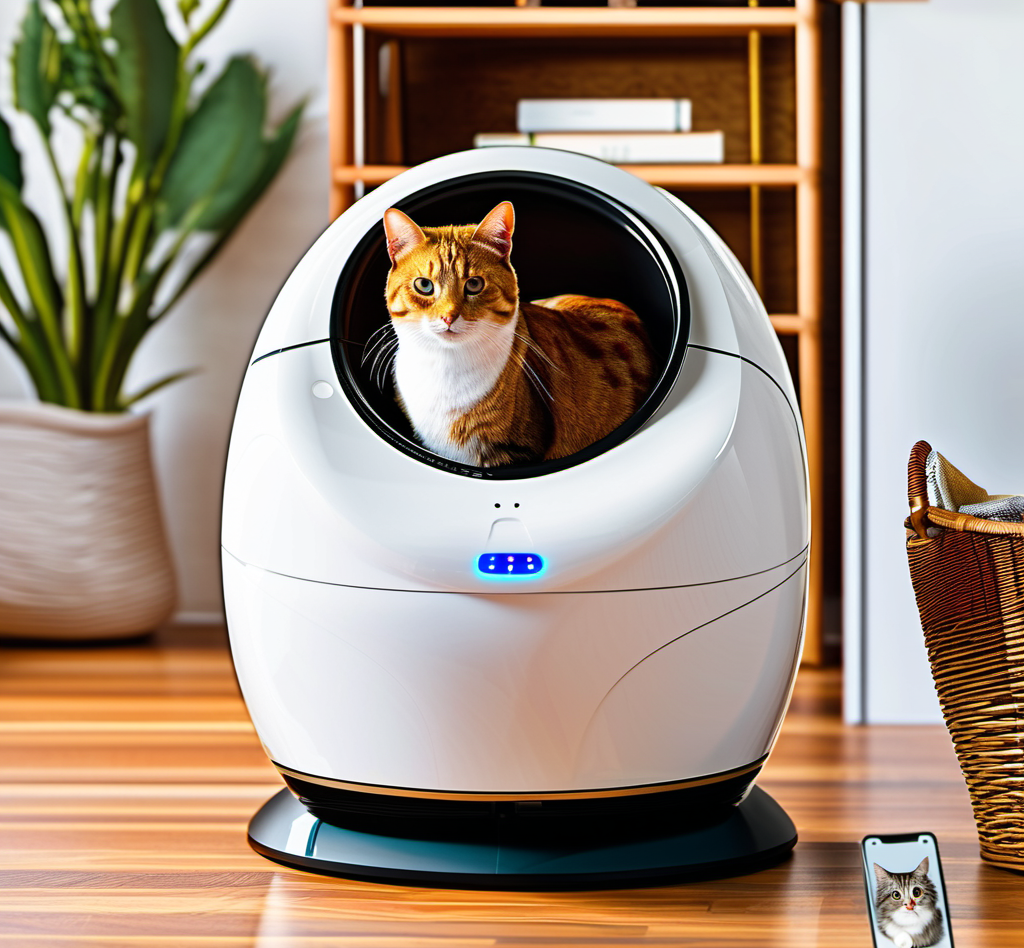




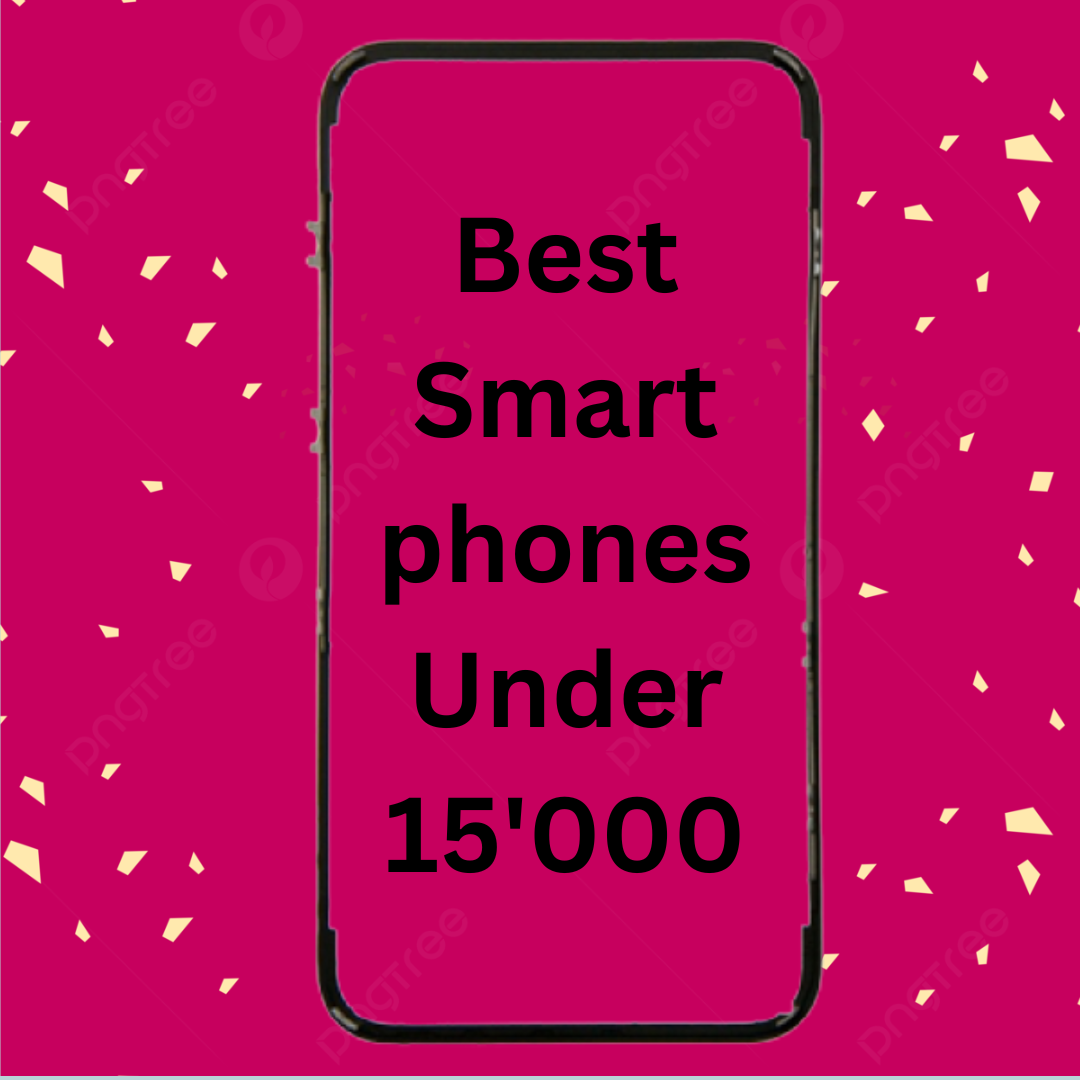
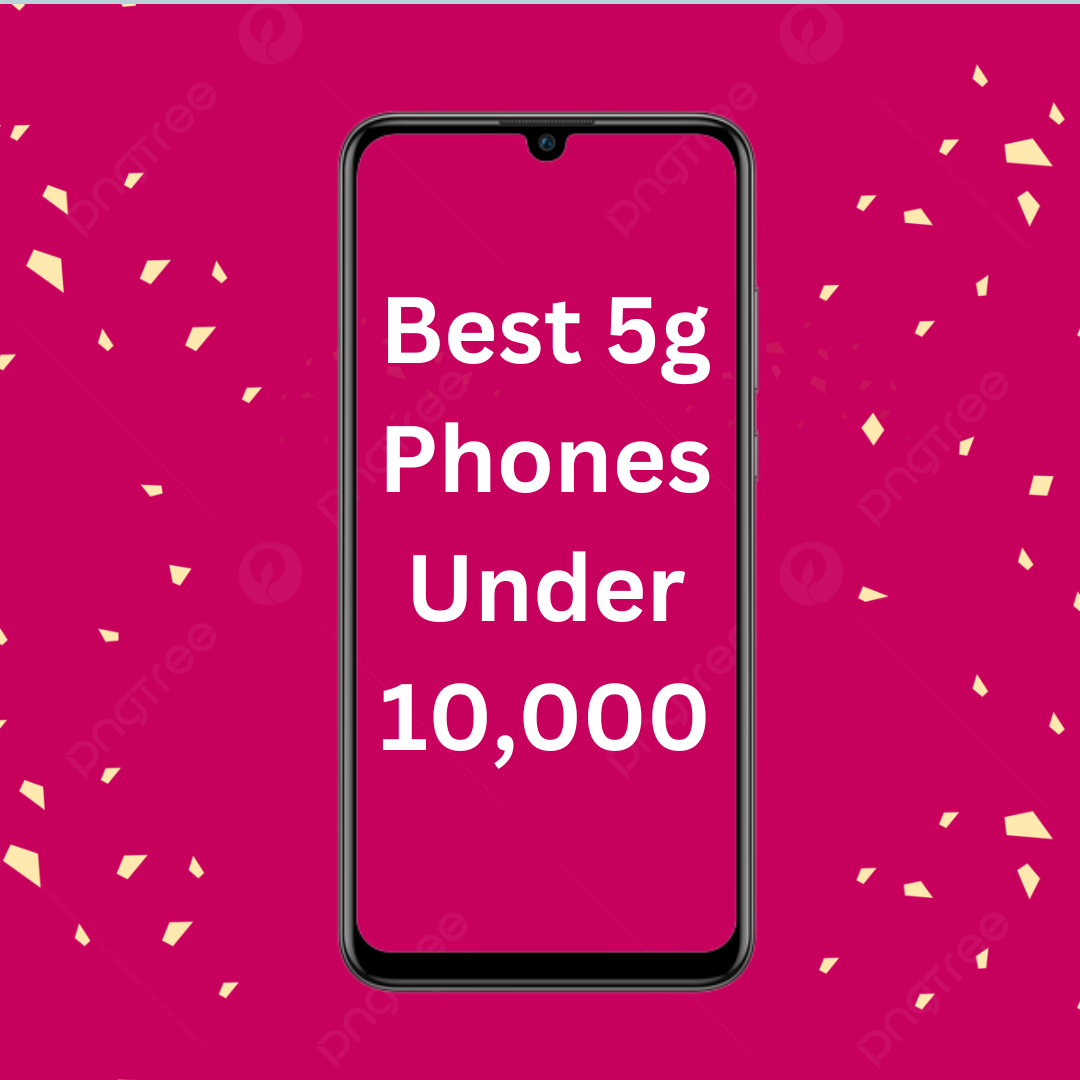




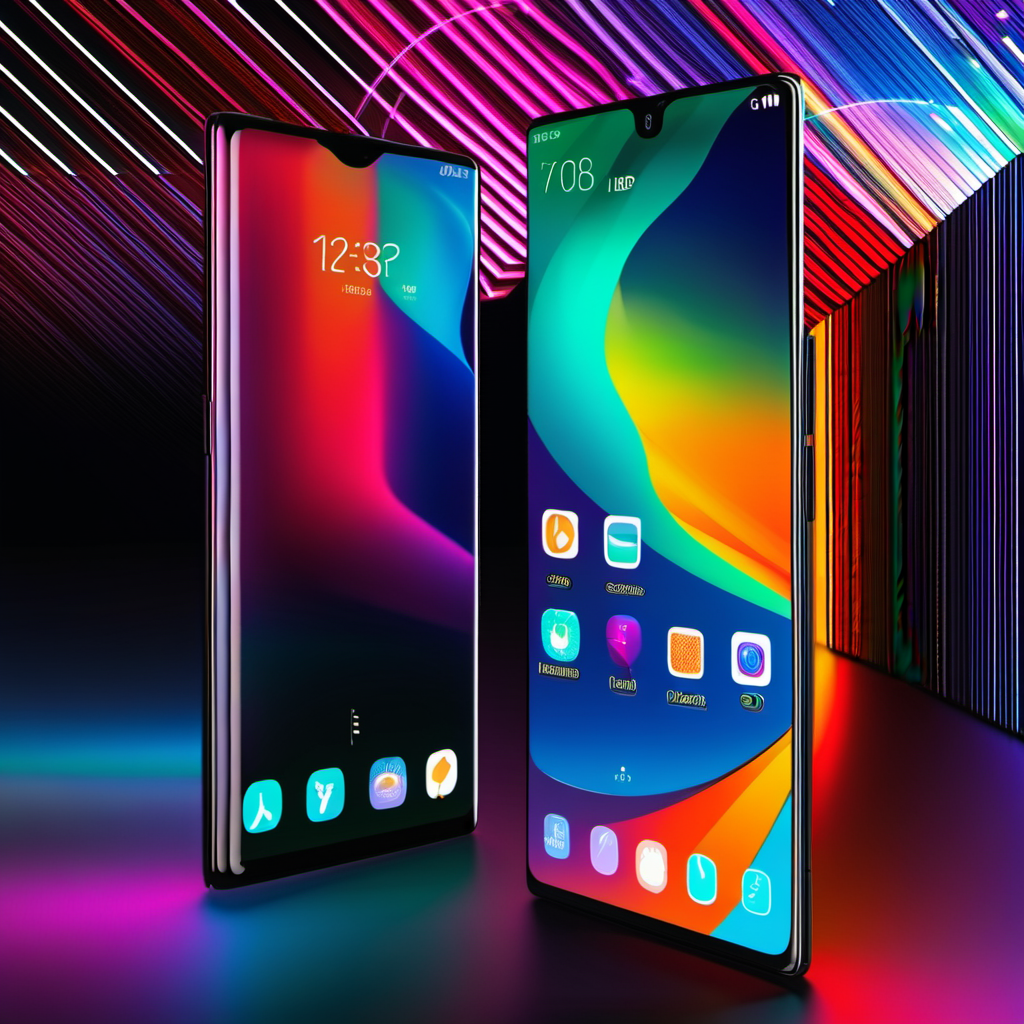
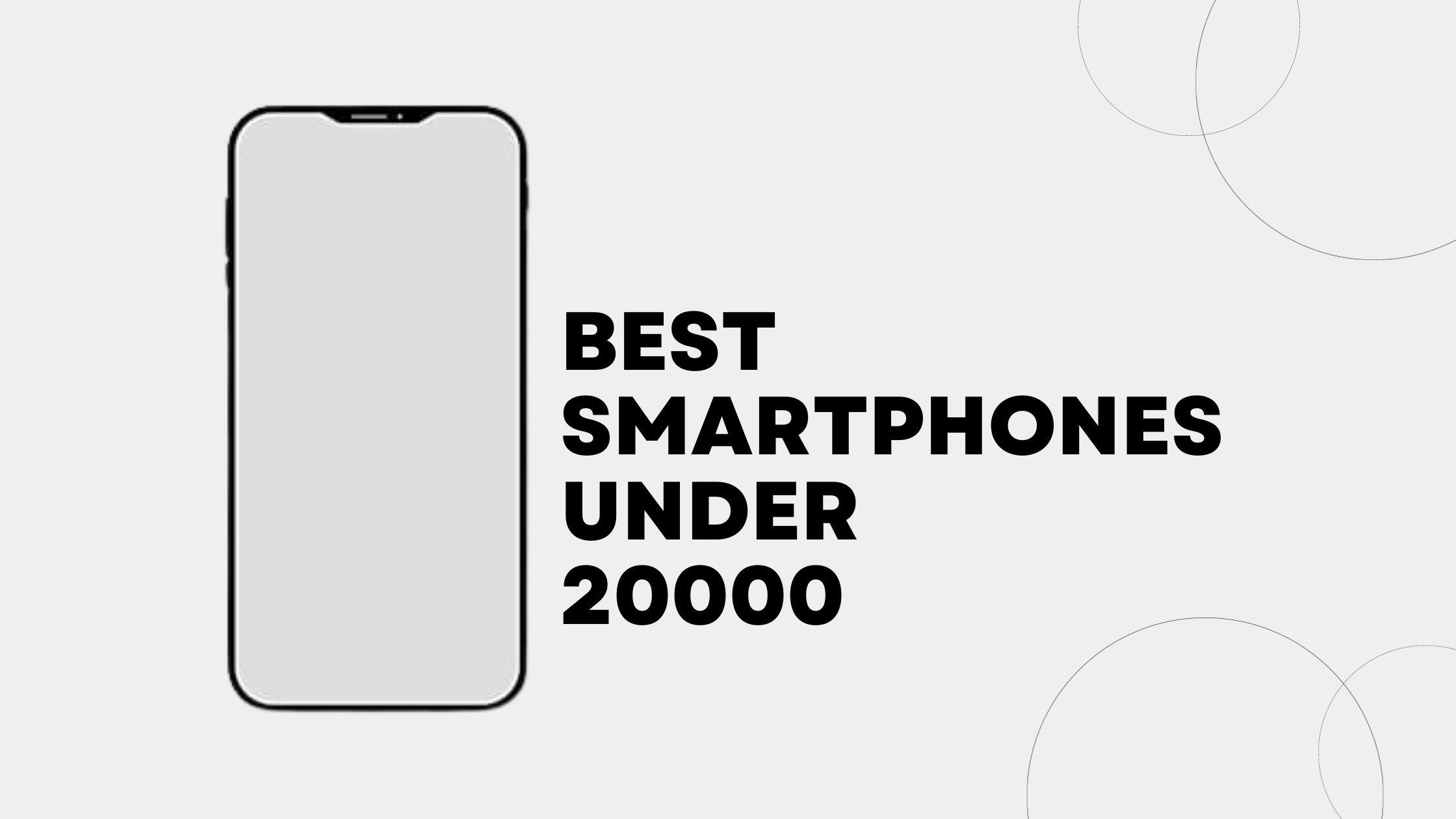
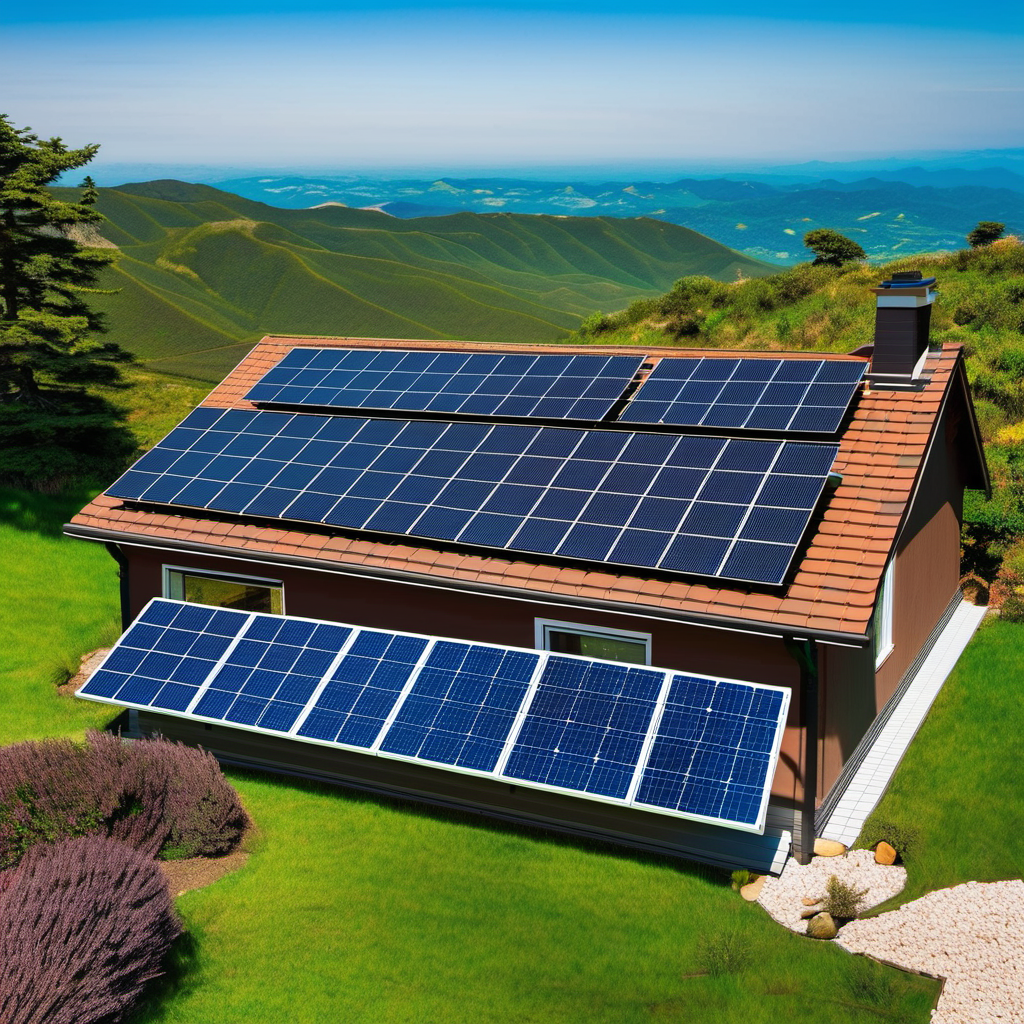

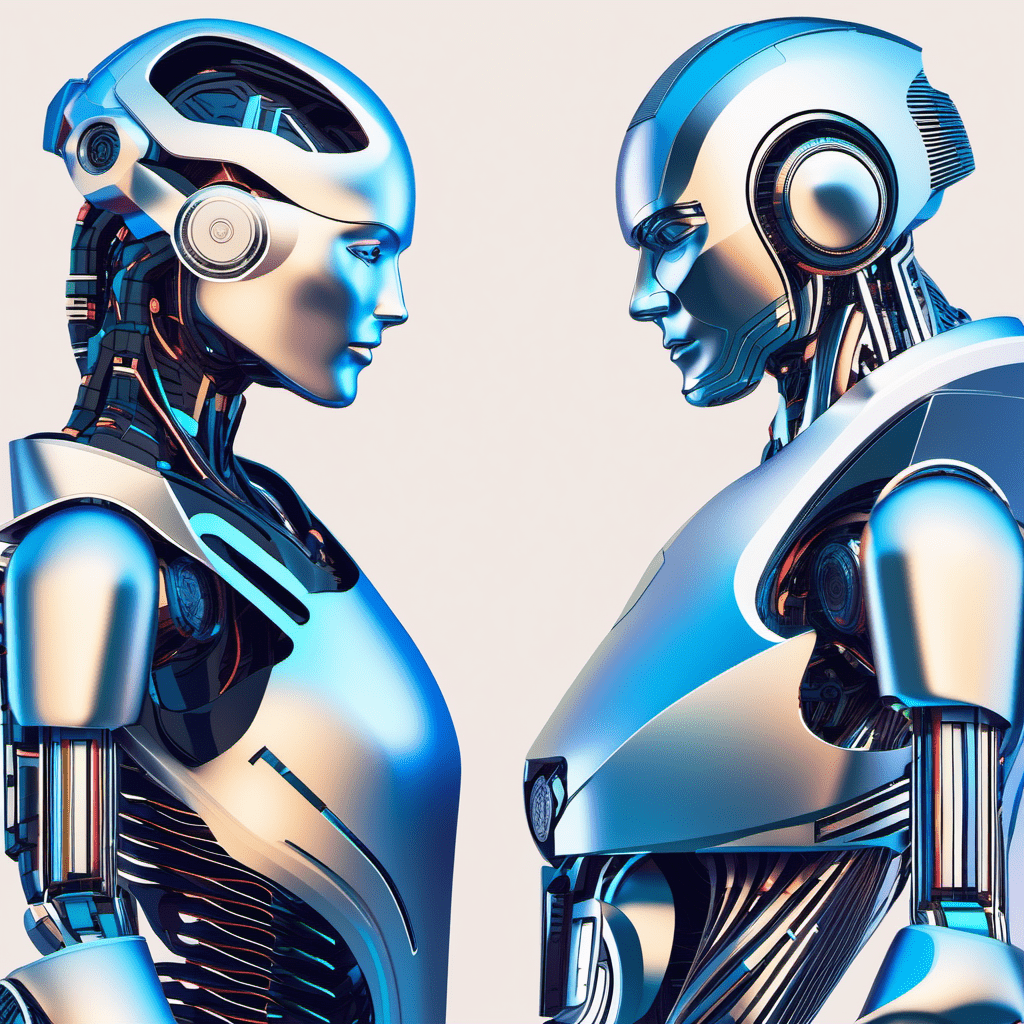


I like what you guys are up also. Such intelligent work and reporting! Keep up the excellent works guys I¦ve incorporated you guys to my blogroll. I think it will improve the value of my website 🙂